Managed Pressure Drilling (MPD) has evolved from a niche technology used only in complex wells into a mainstream drilling practice that delivers measurable improvements in safety, efficiency, and cost control. The key question for rig managers today is no longer if MPD should be deployed, but how fast it can be rigged up and integrated into operations.
Why MPD Has Become Essential
In the past, MPD was primarily applied in wells with narrow drilling windows, complex pressure profiles, or depletion issues. Today, operators increasingly include MPD as a standard element in their drilling programs due to:
-
Improved safety – faster kick/loss detection (1–2 minutes earlier than conventional drilling).
-
Reduced mud losses – offshore deepwater wells report reductions of up to 70%, saving millions in mud and minimizing reservoir damage.
-
Fewer casing strings – reducing well construction costs.
-
Extended horizontal reach – improving wellbore placement and recovery rates.
-
Lower hidden NPT – by enabling surface pressure adjustments without interrupting drilling.
A Gulf of Mexico campaign using MPD across six critical wells reported savings of USD 90 million compared with offset wells drilled conventionally.
Suggested reading: How Updated Handling Systems Can Give Your Rig a Competitive Advantage
MPD Technology Variations
Two main technologies dominate the MPD space today:
-
Surface-applied pressure via RCD – using a Rotating Control Device to choke returns.
-
Controlled Mud Level (CML) – adjusting mud height in the riser via submerged pumps.
Both require efficient and safe connection/disconnection to the riser—a major challenge for manual operations.
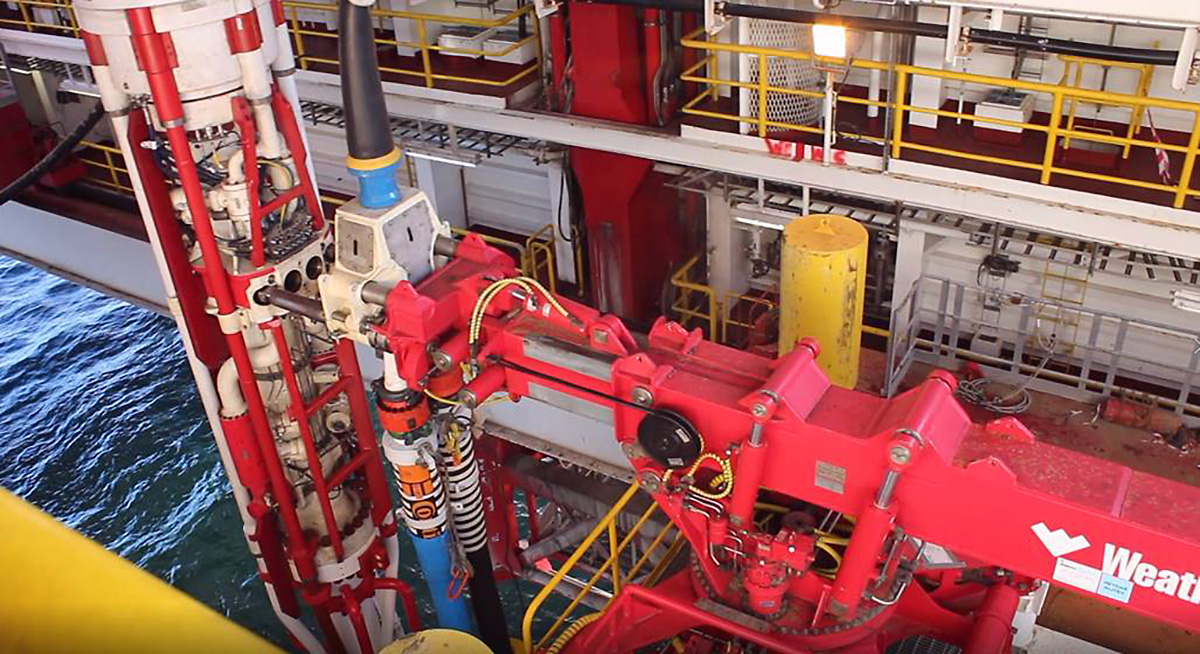
Automated MPD ClickStab® handling arm connecting mud return and control umbilical to riser flowspool.
Suggested reading: Read more about our Handsfree Gooseneck Handling System here
The Rig-Up Challenge
Traditionally, connecting mud return lines and control umbilicals for MPD has been a slow, labor-intensive, and high-risk task. A typical manual rig-up requires:
-
10–12 personnel working in the hazardous moonpool area.
-
12–48 hours of critical-path time, depending on weather and layout.
-
Extensive use of basket transfers and man-riding, often under challenging sea states.
For rigs operating at USD 300,000–450,000 per day, this delay translates into millions of dollars in spread costs. Beyond the financial impact, the safety exposure has been a major concern.
Safety Risks of Manual MPD Rig-Up
Manual connection introduces significant hazards that rig managers must account for:
-
No basket transfers or man-riding – eliminated when using automated systems.
-
Zero over-the-side exposure – no crew working directly above open sea.
-
~70% reduction in “over-the-side hours” – a key HSE performance indicator.
-
Fewer people in harm’s way – only 1–2 operators needed versus 10–12 in manual operations.
-
Wider weather window – reducing downtime from marginal conditions.
-
Decongested moonpool area – less equipment clutter, lowering dropped-object potential.
The rig-up challenge is not only about time lost—it is about systematic safety exposure. Addressing both together is where automation creates real value.
Suggested reading: Read more about How to reduce risk of dropped objects on an offshore rig here
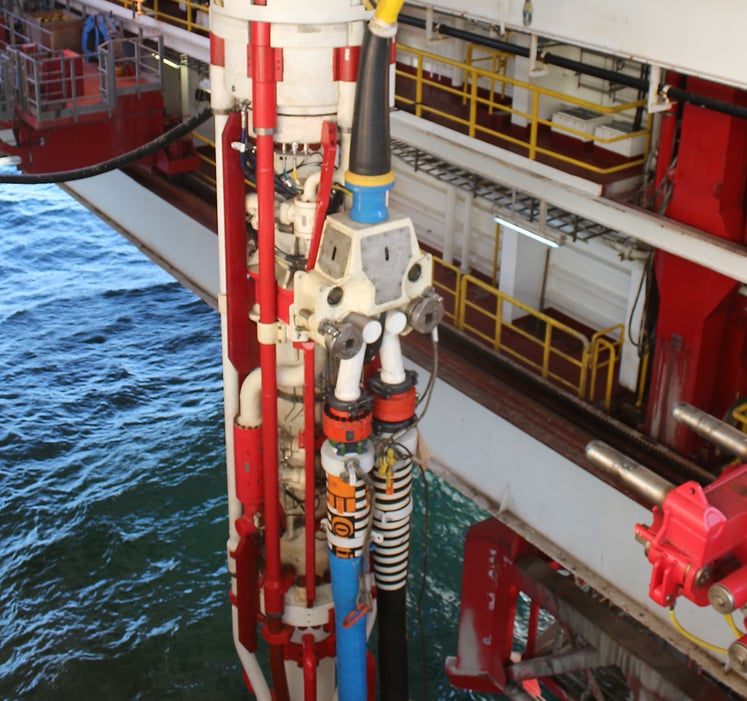 Mud return & control umbilical manifold connected to riser flow spool in minutes.
Mud return & control umbilical manifold connected to riser flow spool in minutes.
Automation: The MPD ClickStab® System
To overcome the delays and risks of manual MPD rig-up, Future Production developed the MPD ClickStab® system, a fully automated, handsfree solution for connecting mud return lines and control umbilicals.
Instead of requiring days of manual work in the moonpool, the ClickStab® system enables safe, wireless-controlled connections in just minutes.
Key Benefits
-
Rig-up in minutes – cut connect/disconnect from 12–48 hours down to ~10–15 minutes.
-
>90% NPT reduction – critical-path savings that free up days in the campaign.
-
Minimal personnel required – only 1–2 operators, with no need for basket transfers.
-
Expanded weather window – operations proceed safely under conditions that would stop manual rig-up.
-
Rapid payback – CAPEX typically recovered after only a few BOP runs.
-
Cleaner moonpool – umbilicals and return lines organized, reducing congestion and dropped-object risks.
-
Lower carbon footprint – shorter campaigns and fewer weather holds reduce emissions across the spread.
Automation transforms MPD rig-up from a costly bottleneck into a safe, predictable, and efficient routine.
Since its offshore introduction in 2019, the MPD ClickStab® system has been proven in multiple deepwater campaigns and is now considered a best practice for safe, efficient MPD deployment.

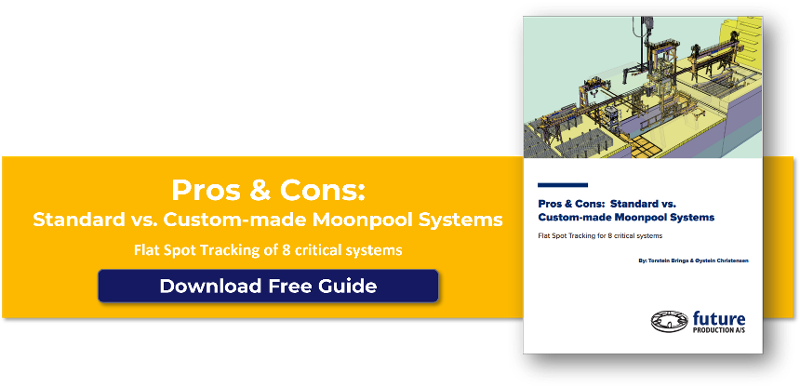
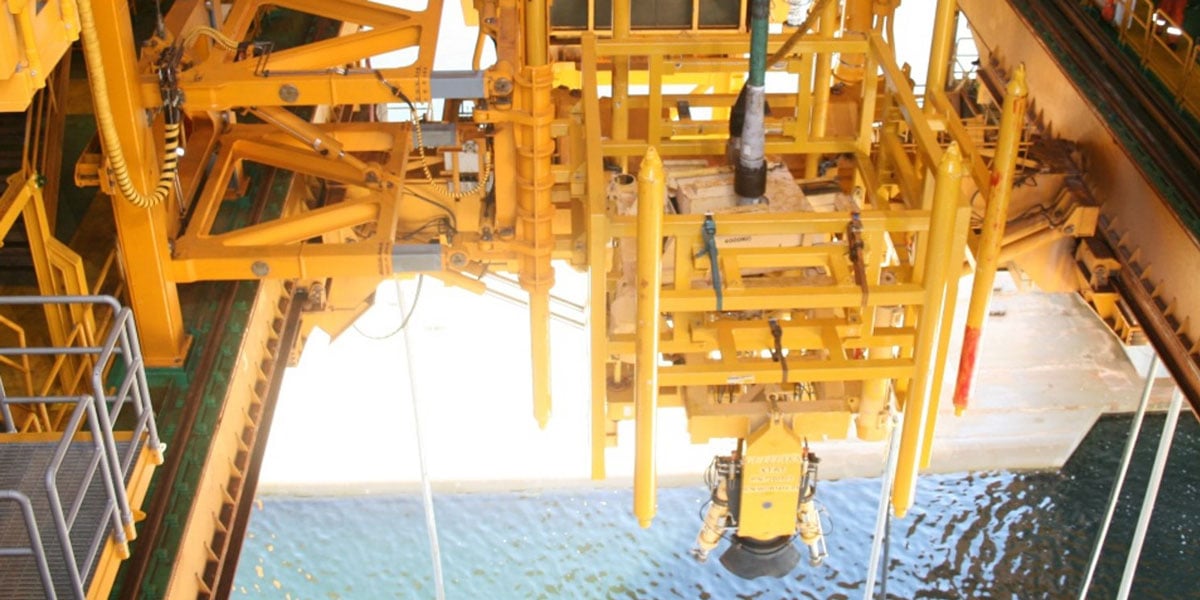
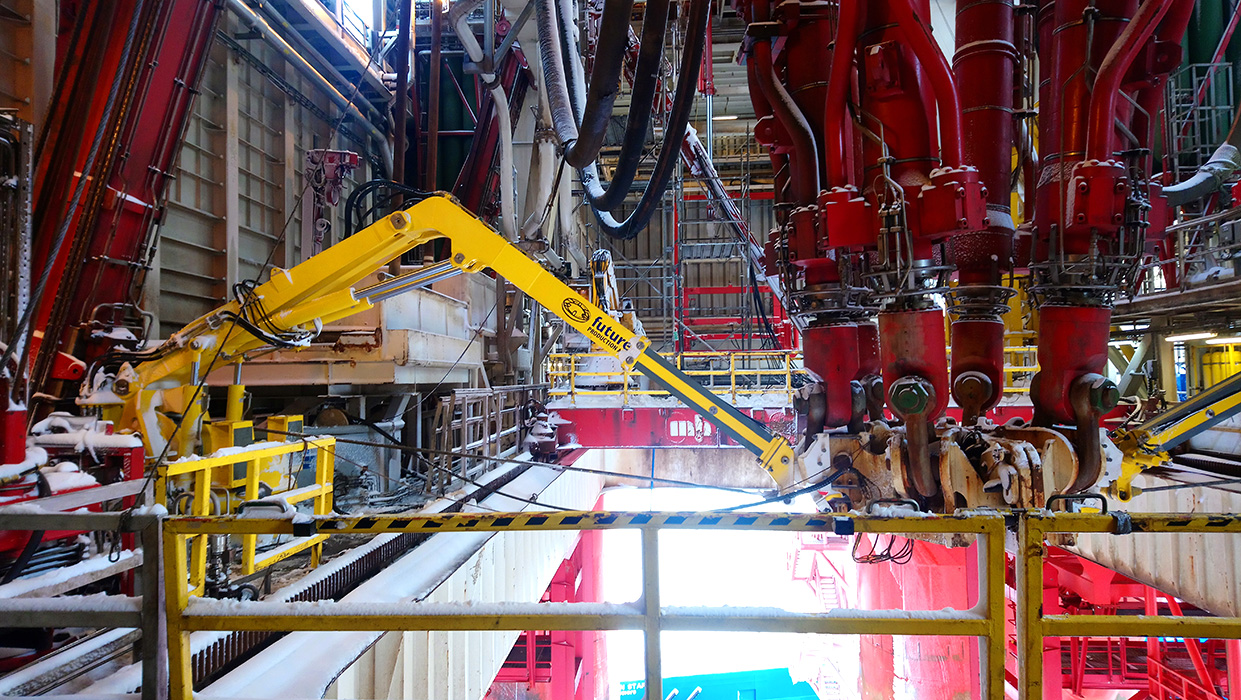
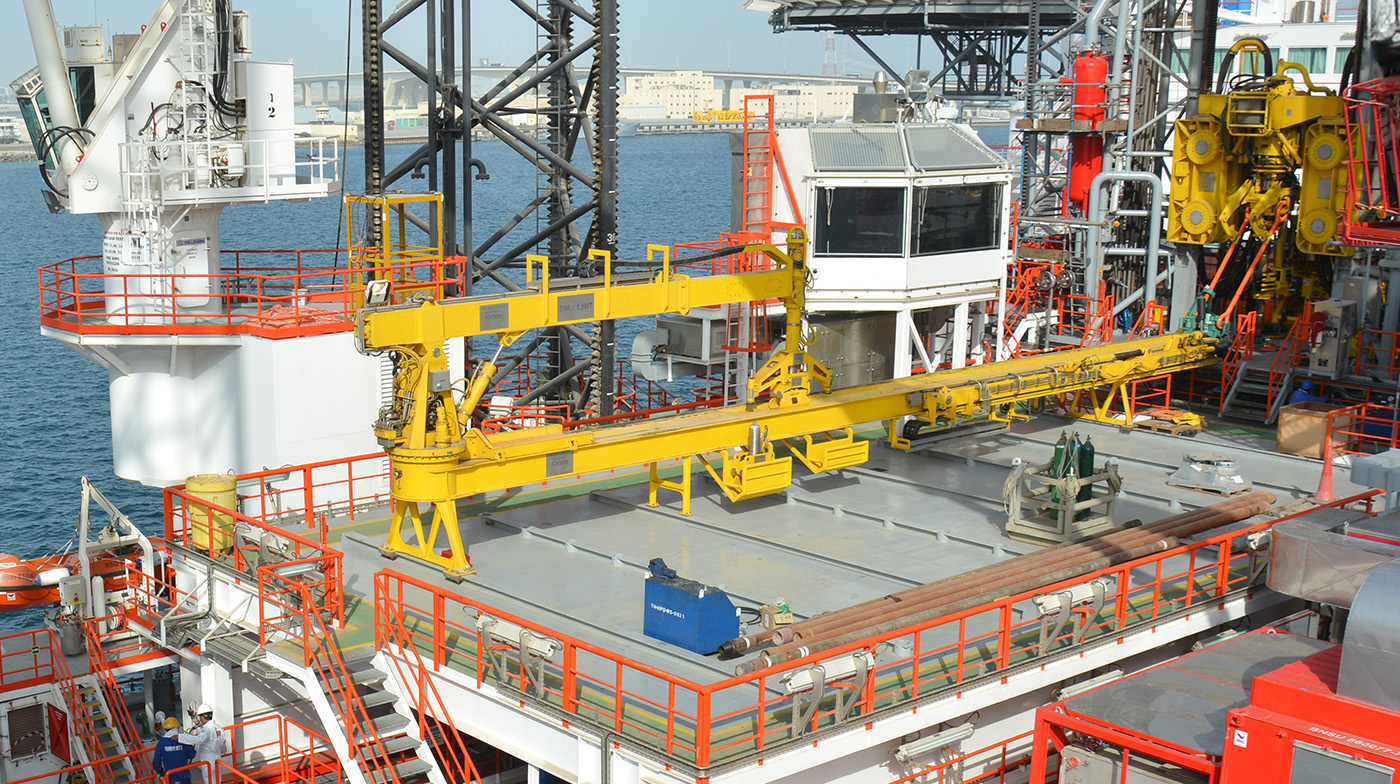
SUBMIT YOUR COMMENT